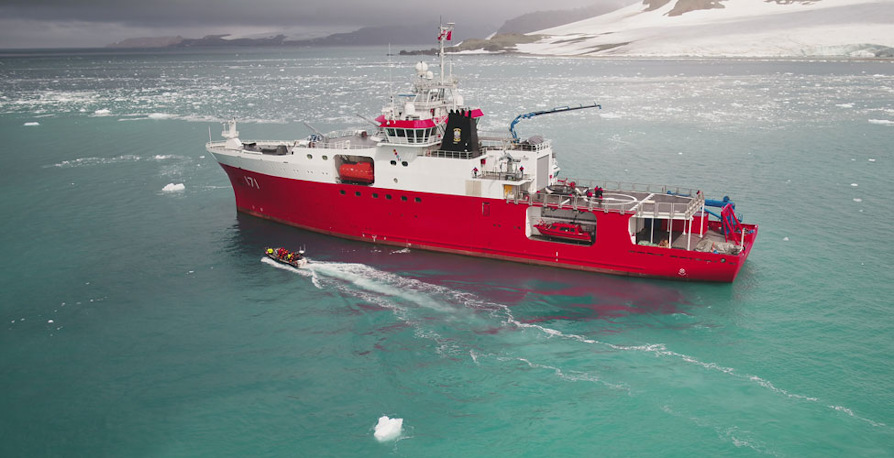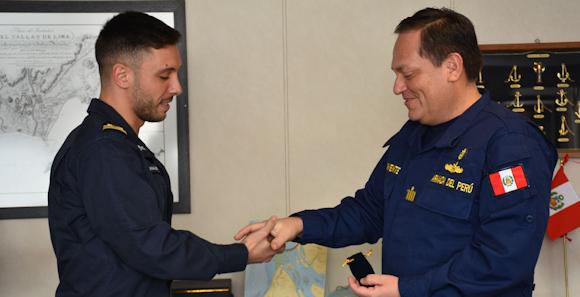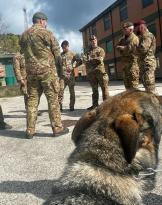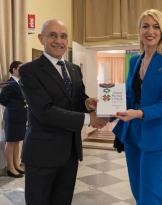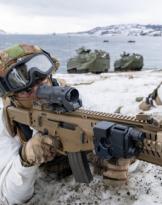The participation of the Navy in the second phase of the ANTAR XXVII Antarctic research campaign, which began on January 29 with the departure of the Peruvian ship BAP, has ended Carrasco from the city of Punta Arenas (Chile).
On board the Unit, the second lieutenant Nunzio Moschetto, hydrographer of the Navy who has already taken part in various hydro - oceanographic campaigns carried out in areas characterized by extreme conditions, including the "High North 17 marine geophysics campaign", conducted by the Navy Hydrographic Institute in the Arctic Ocean as part of the three-year High North project.
The presence on board of one of our specialist officers is to be part of an international cooperation relationship established between the Italian Navy and the Peruvian Navy, which carry on a relationship of mutual exchange of knowledge for the conduct of scientific activity at the poles. Scientific cooperation and the implementation of joint research programs represent, in fact, significant opportunities for growth for the specialist personnel of both marinas and for the respective hydrographic institutes.
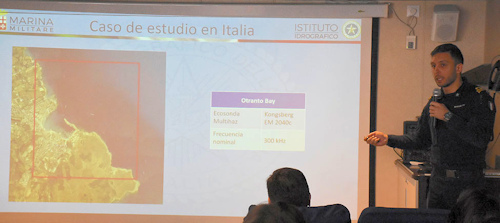 The ANTAR XXVII research campaign, part of the Peruvian national research program in Antarctica (started in 1988), has been using BAP CARRASCO since 2017, a hydro-oceanographic vessel equipped with laboratories equipped for the acquisition and analysis of data that make it a cutting-edge unit in the field of scientific research at sea.
The ANTAR XXVII research campaign, part of the Peruvian national research program in Antarctica (started in 1988), has been using BAP CARRASCO since 2017, a hydro-oceanographic vessel equipped with laboratories equipped for the acquisition and analysis of data that make it a cutting-edge unit in the field of scientific research at sea.
Following the departure, the naval unit commanded by captain de navio Rafael Benavente Donayre, en route to King George Island, the largest of the Shetland Islands, where the Peruvian research base Machu Pichu is based. After a short logistic stop in favor of the researchers stationed on the ground, the unit started the research activity which saw it engaged for 39 days in the Bransfield Strait area for the execution of hydro-oceanographic surveys, and of geomorphological and morphodynamic studies, achieving significant objectives: 432 nautical miles of multibeam sounding, 46 CTW underways, 50 water samples, 7 rock dredgers, 34 Van Veen dredges, 7 piston corers and 279 miles of magnetometric analysis.
In this context, the Italian officer was able to present the first results relating to the analysis of acoustic data collected on the occasion of the ANTAR XXVI campaign, and to work on the development of a joint research project that provides for the mapping of several seamounts. present in the Bransfield Strait, a geologically and dynamically unique area, characterized by important magmatic ascents and significant hydrothermal activity.
